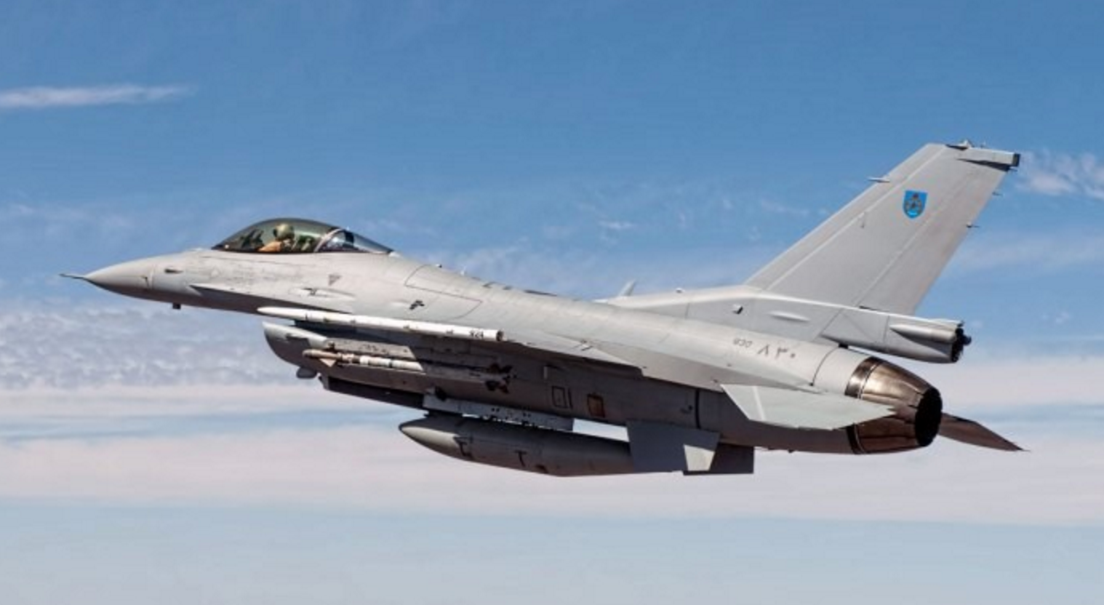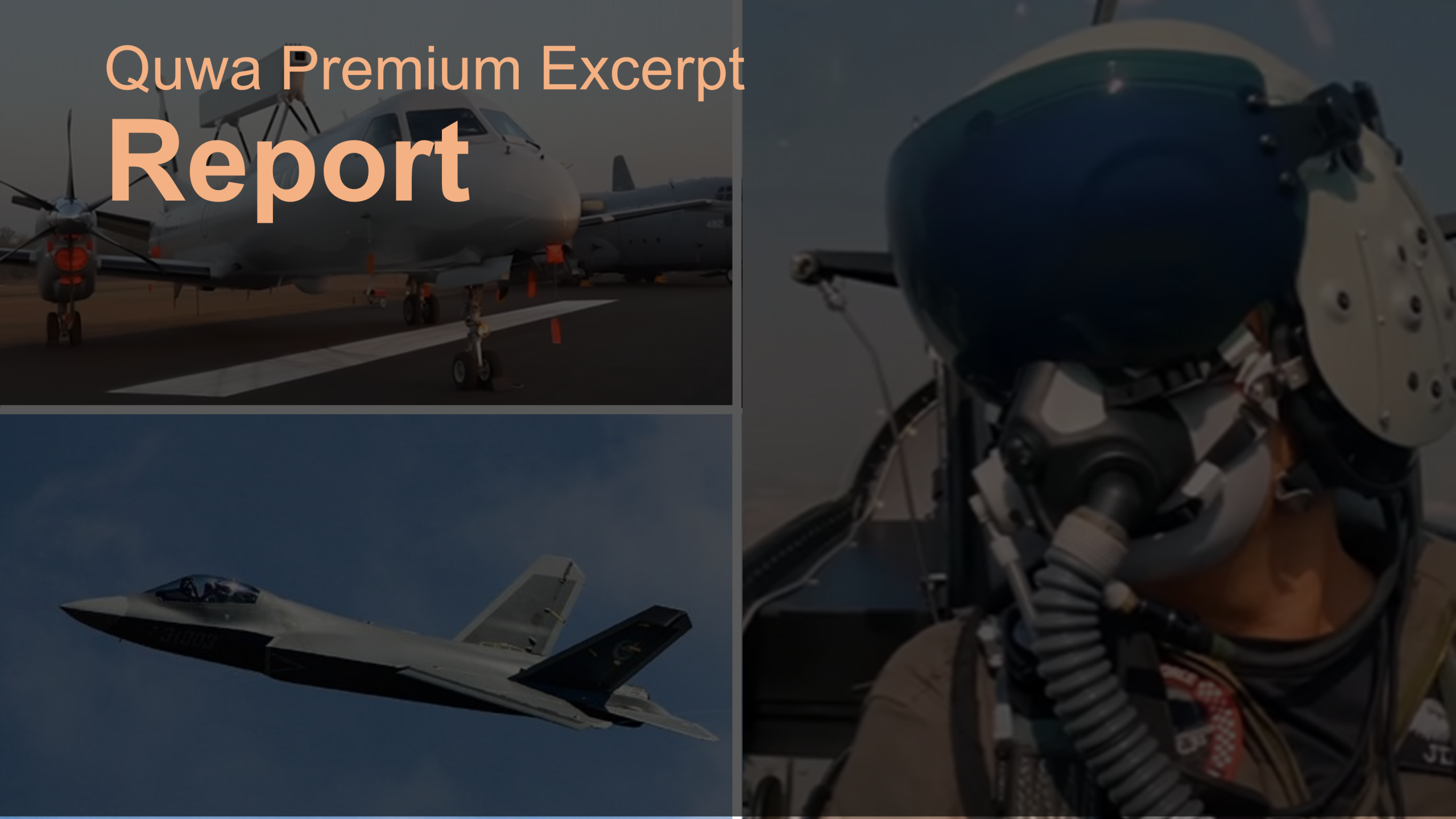Speaking to The National, Lockheed Martin said that it was hopeful of securing sales of new-built F-16s as well as upgrade programs for existing fighters in the Middle East.
Currently, Lockheed Martin and the U.S. government are negotiating with Bahrain for the sale of 16-19 F-F-16 Block-70s and upgrade packages for Bahrain’s existing Block-40 fleet. Bahrain was linked to a possible sale in October, when Bloomberg reported that Manama was seeking 19 F-16V for U.S. $2.8 billion.
It also appears that Lockheed Martin has formally designated the F-16V as the “Block-70.”
Lockheed Martin added that it is in talks with Egypt over the prospect of upgrading its 30 F-16A/B Block-15s, though it is unclear if this will be limited to the AN/APG-83 active electronically-scanned array (AESA) radar and avionics or will expand to include a service-life extension program (SLEP).
Discussions are also underway with the United Arab Emirates about its F-16E/F Block-60s, mainly for the aim of guaranteeing that the aircraft remain operable to 2030-2040.
Iraq will also be receiving its final batch of five to six F-16IQ.
As per Lockheed Martin, future new-built F-16s will be manufactured in the U.S. This contrasts with earlier statements, where Lockheed Martin had committed to raising a manufacturing line in India.
It is unlikely that Lockheed Martin can effectively compete by scaling back the entirety of its technology transfer and local support offer, though it may moderate offsets involving third-party contracts.
Notes & Comments:
Although Lockheed Martin has adapted the F-16 platform with contemporary subsystems, such as AESA radars, air forces are treading carefully with their next-generation fighter plans. Generally, most countries must choose between greatly upgraded legacy platforms such as the F-16, late and post-Cold War designs such as the Rafale, or fifth-generation fighters such as the F-35 Lightning II.
For most air forces, the fifth-generation route is currently inaccessible in cost and availability, leaving the F-16 Block-70 as a mature and affordable route, especially as a “bridge” to the F-35 Lightning II. However, most air arms do not have the fiscal cushion to sustain two big-ticket procurement programs in relatively short periods of one another, though some NATO powers are examining this route (as shown by Canada in its pursuit of F/A-18E/F Super Hornets).
For many, it would be a choice between purchasing a platform today or to hold-off and procure a new design in the future. In terms of the former, the F-16 will compete against the MiG-35, Su-35, F/A-18E/F, Gripen, Rafale and Typhoon, whereas for the latter, the F-16 is a non-factor.
Lockheed Martin would understand that the potential of manufacturing new F-16s is thinning, but in cost-sensitive markets, such as Egypt, the opportunity to upgrade existing fighters is emerging. Many of these countries might opt to upgrade their existing F-16s to “bridge” to the fifth-generation.
While radars and internal subsystem upgrades are available, it is not clear if SLEPs are available for legacy airframes. The U.S. Air Force issued bids for applying SLEPs to F-16C/D Block-40/42 and Block-50/52, which would extend the life of these jets to 10,000 to 12,000 hours. It is not known if older F-16C/D and F-16A/B (e.g. Block-15) airframes would receive the same replenishment, but this solution would re-open Lockheed Martin to Taiwan, Pakistan, Egypt and Indonesia.




